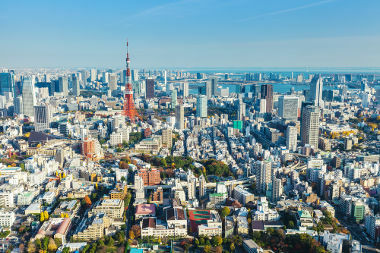At megacities they are, by definition, all major urban agglomerations with more than 10 million resident inhabitants. This concept was developed by United Nations (UN) to refer to studies of the largest cities and metropolitan areas on the planet, as well as the social and population phenomena that involve them.
It is important to understand that the concept of megacities is purely demographic and cannot be confused with other terms such as megalopolises or global cities. There are even cities that are, at the same time, classified as global and megacities. However, there are megacities that are not global cities, such as Lagos (Nigeria) and Dhaka (Bangladesh), and global cities that are not megacities, such as Zurich (Switzerland) and London (England).
See the table below with the 21 current existing megacities:

List of current world megacities
If we analyze the list above, we can reach some conclusions, such as the fact that most current megacities belong to emerging and underdeveloped countries: 16 out of 21. The case of Japan is practically an exception, as the country has very specific territorial and geographic limitations, having little space to house its more than 120 million people. Thus, the formation of megacities is normal.

Tokyo, the biggest megacity on the planet, with more than 30 million people
Thus, with the exception of Tokyo, the largest megacity in the world, all the cities on the list that belong to developed countries have been losing positions over the last few decades. On the other hand, other cities belonging to emerging or peripheral countries have been showing accelerated demographic growth, such as Lagos, Karachi, Dhaka and Calcutta.
Peripheral countries' megacities face several challenges: improving basic infrastructure (basic sanitation, transport routes), guaranteeing or improving urban mobility; contain the expansion of its peripheries; slow down population growth and the migration balance; reduce the action of real estate speculation and urban segregation; between others.
With the expansion of the urbanization process around the world, especially in these late countries industrialized and fragile economies, the trend is an even greater demographic acceleration in these megacities. The predictions of international organizations are that they will gather even more people and take on the posts with the highest population rates over the next few decades.
By Me. Rodolfo Alves Pena



